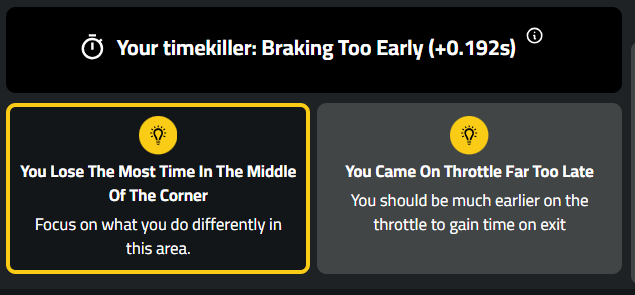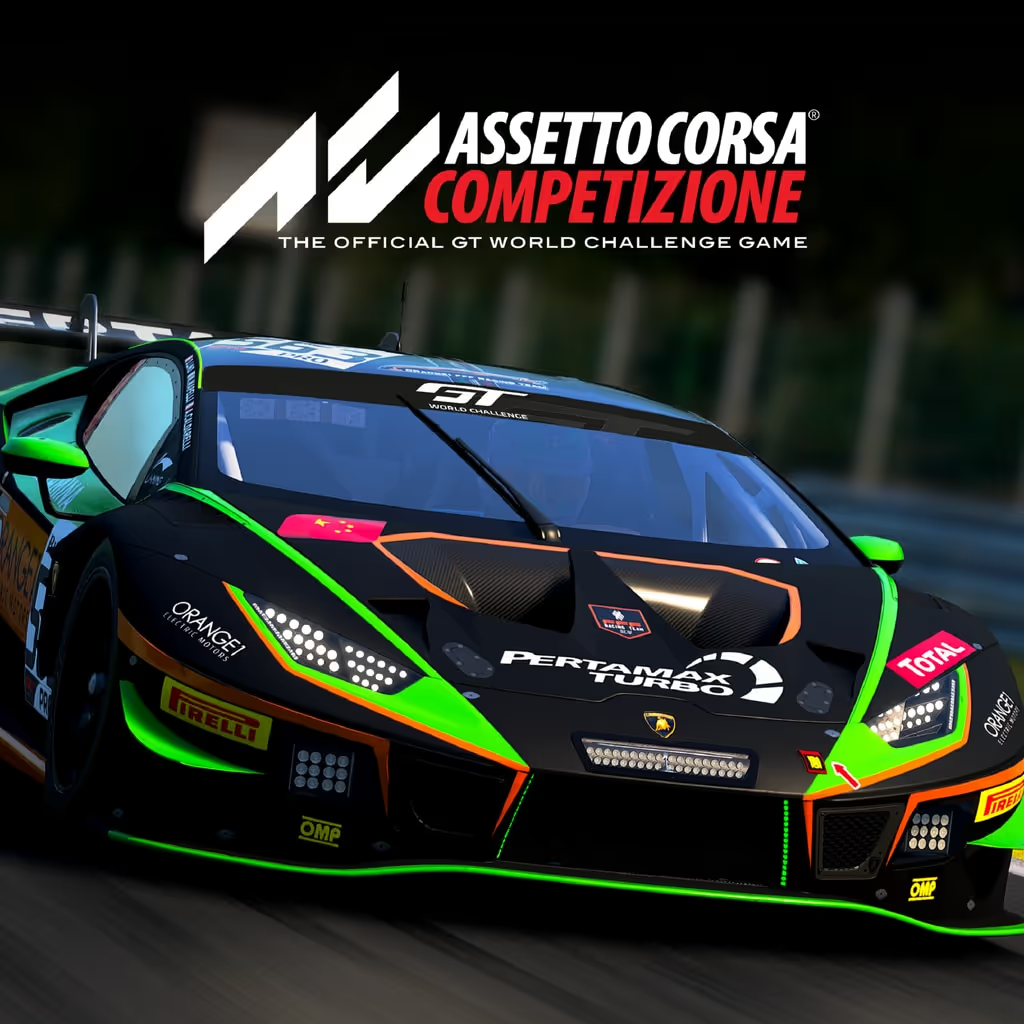BMW M4 GT3 Imola HYMO Hot Lap Analysis
Let’s take a look at this hot lap of Imola in the BMW M4 GT3 driven by HYMO.
The Track
Imola, a track with a rich history in motorsports, including GT racing, is officially known as the Autodromo Internazionale Enzo e Dino Ferrari - a 4.909km motor racing circuit in Italy. Originally used for motorcycle racing, its first car race took place in 1954. The circuit made its Formula One debut in 1980 with the Italian Grand Prix and continued to host the San Marino Grand Prix from 1981 to 2006.
It is distinct for its lack of long straights and emphasis on technical skill. The circuit, featuring infamous corners like Rivazza and Piratella, requires precision in braking and nimble handling, which are key in the world of GT racing. Its most famous corners, like Tamburello and Acque Minerali, are renowned for their difficulty. This makes Imola a track where strategic driving and vehicle setup play crucial roles in achieving success.
To help you out, the HYMO setup used in this hot lap video is available for you to try HERE.
Analysis
The analysis below uses the Track Titan platform to compare a HYMO reference hotlap to one of the Track Titan community drivers through Segment 9. The telemetry suggests the community driver brakes in a conventional fashion, by braking, coming off the brakes and then turning in. However, we observe the reference driver actually uses a trailbraking technique, where they blend off the brake as they turn in. This enables later braking but also helps to better transfer the weight of the car to each of the tyres for optimal grip. The reference driver is actually able to enter and exit at a higher speed because of this. This technique was worth 0.1s.
.png)
You can analyse every other turn in the Track Titan platform; see reference lap here.
You can also take it to the next level and compare it against your own driving, just sign up to Track Titan for FREE today here.
Sim Racing Top Tips
When choosing pedals for sim racing, consider:
- Type of Pedals: Potentiometer-based pedals are common and budget-friendly but less precise. Load cell pedals offer greater realism and accuracy, especially in braking.
- Adjustability: Look for pedals with adjustable resistance and travel, allowing customization to your driving style.
- Build Quality: Durable materials like metal last longer and provide a more realistic feel compared to plastic.
- Compatibility: Ensure the pedals are compatible with your existing hardware and sim racing software.
- Feedback and Reviews: Research user feedback to gauge reliability and performance.
Don't know where to improve? Use the HYMO hotlap to find out.
To see full lap analysis of your own driving, you can sign up to Track Titan for FREE today here.


.png)























